Home>Furniture & Design>Bedroom Furniture>How To Fix A Memory Foam Mattress
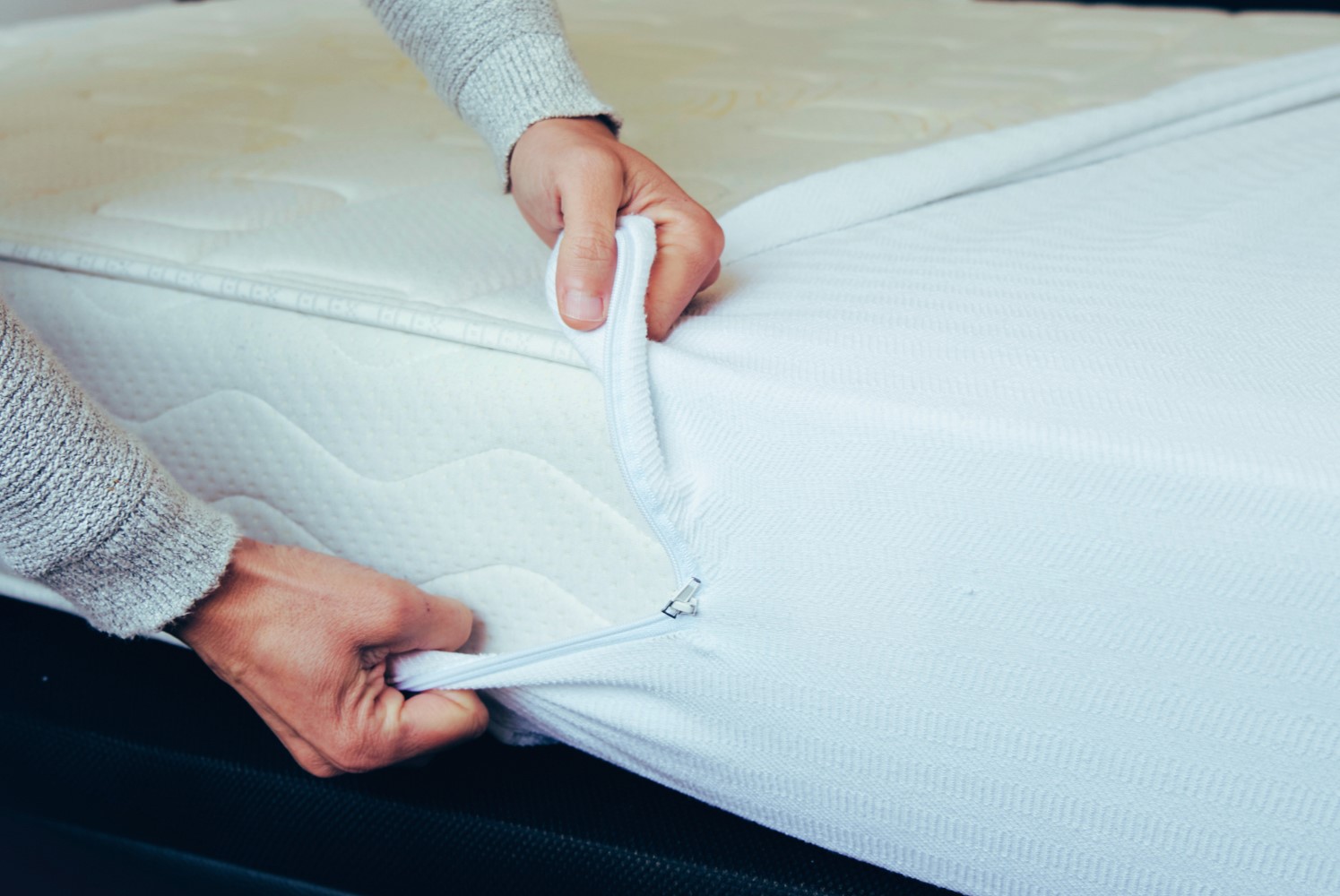

Bedroom Furniture
How To Fix A Memory Foam Mattress
Modified: October 20, 2024
Learn how to fix a memory foam mattress with our expert tips and tricks. Keep your bedroom furniture in top condition with our easy-to-follow guide.
(Many of the links in this article redirect to a specific reviewed product. Your purchase of these products through affiliate links helps to generate commission for Storables.com, at no extra cost. Learn more)
Introduction
So, you've been enjoying the cloud-like comfort of your memory foam mattress for a while now. It's been the perfect sanctuary for peaceful slumber and blissful relaxation. However, as time passes, you may start noticing some sagging or indentations, and suddenly that dreamy comfort seems to be fading away. But fear not! There are ways to revive your beloved memory foam mattress and bring back its former glory. In this guide, we'll explore various methods to fix a memory foam mattress and restore it to its original supportive and plush state. Whether it's dealing with indentations, cleaning, or adding support, we've got you covered. Let's embark on this journey to rejuvenate your mattress and reclaim those rejuvenating nights of restful sleep.
Key Takeaways:
- Revive your memory foam mattress by cleaning, rotating, and adding support to maintain its comfort and longevity. Regular maintenance and strategic solutions can bring back its plushness for restful sleep.
- Assess your memory foam mattress for indentations and sagging, then use cleaning, rotation, and mattress toppers to rejuvenate its comfort. Adding support with foundations or bed frames can extend its lifespan.
Read more: How To Choose A Memory Foam Mattress
Assessing the Problem
Before diving into solutions, it's essential to assess the issues plaguing your memory foam mattress. Start by examining the surface for indentations, sagging, or uneven areas. Lie down on the mattress and take note of any discomfort or lack of support. This firsthand experience will help you pinpoint the specific areas that require attention.
Additionally, consider the age of the mattress and the frequency of use. Over time, memory foam mattresses can develop impressions from prolonged pressure, especially in areas where the body weight is concentrated. Furthermore, factors such as improper support, inadequate maintenance, or exposure to moisture can contribute to the deterioration of the mattress.
Take measurements of the indentations or sagging areas to gauge their depth and width. This information will be valuable in determining the extent of the problem and tracking any improvements after implementing the remedies. Keep in mind that minor indentations of less than an inch may be normal wear and tear, while deeper or widespread sagging may require more intensive interventions.
By thoroughly assessing the condition of your memory foam mattress, you can tailor the solutions to address the specific issues effectively. Understanding the underlying problems will guide you in choosing the most suitable methods to revive and prolong the lifespan of your cherished mattress.
Cleaning the Mattress
Maintaining a clean mattress is crucial for preserving its quality and prolonging its lifespan. Over time, memory foam mattresses can accumulate dust, sweat, and other debris, leading to odors and potential hygiene concerns. Here are the steps to effectively clean your memory foam mattress:
- Vacuuming: Begin by vacuuming the mattress surface using a handheld vacuum or a vacuum cleaner with a soft brush attachment. This will help remove surface dust, hair, and other particles that may have settled on the mattress.
- Spot Cleaning: For stains or spills, create a gentle cleaning solution by mixing mild liquid detergent with water. Dab a clean cloth into the solution and gently blot the affected area, being careful not to oversaturate the mattress. Afterward, use a separate damp cloth to remove the detergent residue, followed by blotting with a dry cloth to absorb excess moisture.
- Deodorizing: To eliminate odors, sprinkle baking soda evenly over the mattress surface and let it sit for several hours to absorb any lingering smells. Vacuum the mattress again to remove the baking soda and leave it smelling fresh.
- Allowing for Air Circulation: After cleaning, allow the mattress to air out in a well-ventilated area to ensure thorough drying and to prevent the accumulation of moisture, which can lead to mold and mildew.
Regularly cleaning your memory foam mattress not only enhances its hygiene and appearance but also contributes to a healthier sleep environment. By following these cleaning practices, you can maintain a fresh and inviting mattress that promotes restful sleep and overall well-being.
Flipping and Rotating
While traditional innerspring mattresses benefit from flipping and rotating to distribute wear and maintain support, memory foam mattresses possess unique characteristics that influence the approach to maintenance. Unlike innerspring mattresses, memory foam mattresses are designed with specific comfort layers and support cores, making them unsuitable for flipping. However, rotating the mattress can still be beneficial in addressing uneven wear and indentations.
Here’s how to properly rotate your memory foam mattress:
- Clear the Area: Remove all bedding and ensure there is ample space around the mattress to facilitate the rotation process.
- Rotate 180 Degrees: Carefully rotate the mattress 180 degrees, ensuring that the head end becomes the foot end and vice versa. This simple rotation can help distribute the body’s pressure more evenly across the mattress surface, potentially minimizing the development of indentations.
- Repeat Periodically: Aim to rotate the mattress every 3 to 6 months to promote even wear and prevent excessive sagging in specific areas.
By incorporating regular rotation into your maintenance routine, you can extend the longevity of your memory foam mattress and mitigate the effects of prolonged use. While flipping may not be suitable for memory foam mattresses, strategic rotation can contribute to more uniform wear and sustained comfort, ultimately enhancing your overall sleeping experience.
To fix a memory foam mattress, try rotating it regularly to prevent uneven wear and indentations. You can also place a mattress topper or foam pad on top for added support and comfort.
Using a Mattress Topper
Introducing a mattress topper is a practical and versatile solution for enhancing the comfort and support of your memory foam mattress. A mattress topper serves as an additional layer of cushioning and can address issues such as firmness, sagging, or discomfort. Here’s how a mattress topper can rejuvenate your sleeping surface:
- Adjusting Firmness: If your memory foam mattress feels too firm or has developed noticeable indentations, a mattress topper with a different firmness level can provide the desired cushioning and support, effectively revitalizing the sleeping surface.
- Enhancing Comfort: A high-quality memory foam or gel-infused mattress topper can offer enhanced comfort by contouring to the body’s shape, relieving pressure points, and promoting better spinal alignment, thereby improving the overall sleep experience.
- Addressing Sagging Areas: Placing a supportive mattress topper over areas with noticeable sagging can mitigate the effects of wear and tear, providing additional reinforcement and minimizing discomfort.
- Protecting the Mattress: A mattress topper acts as a protective barrier, shielding the underlying mattress from spills, stains, and general wear, thereby extending its longevity.
When selecting a mattress topper, consider factors such as material, thickness, and density to ensure compatibility with your existing mattress and address specific comfort and support needs. By incorporating a suitable mattress topper, you can effectively rejuvenate your memory foam mattress, tailor its feel to your preferences, and enjoy revitalized comfort and support for restful nights of sleep.
Read more: What Is A Memory Foam Mattress
Adding Support
When your memory foam mattress begins to show signs of wear and lacks the necessary support, adding supplemental reinforcement can revitalize its structure and comfort. Here are effective methods for adding support to your mattress:
- Utilize a Mattress Foundation: Placing your memory foam mattress on a sturdy, supportive foundation or bed frame can significantly enhance its stability and longevity. Ensure that the foundation provides ample support and minimizes the risk of sagging or indentations.
- Invest in a Bed Frame with Center Support: If your current bed frame lacks adequate support, consider upgrading to a model equipped with a center support beam. This additional reinforcement can distribute the mattress’s weight more evenly and prevent premature wear.
- Use Plywood Under the Mattress: Placing a piece of plywood between the mattress and the foundation can offer supplementary support, especially if the existing foundation or slats exhibit signs of flexing or inadequate firmness.
- Consider Adjustable Bed Bases: Opting for an adjustable bed base with customizable support and positioning features can alleviate pressure on specific areas of the mattress, effectively reducing the risk of indentations and enhancing overall comfort.
By implementing these strategies to bolster the support of your memory foam mattress, you can mitigate the effects of wear and tear, promote even weight distribution, and restore the mattress’s ability to provide optimal comfort and support for rejuvenating sleep.
Conclusion
Reviving a memory foam mattress that has lost its original comfort and support is not only achievable but also essential for prolonging its lifespan and ensuring restful sleep. By assessing the specific issues affecting your mattress and implementing targeted solutions, you can effectively rejuvenate its structure and reclaim the luxurious comfort it once provided. From cleaning and maintaining hygiene to addressing sagging and adding supplementary support, the methods outlined in this guide offer practical and effective ways to breathe new life into your beloved mattress.
Remember that regular maintenance, such as cleaning and rotating, can prevent premature wear and minimize the development of indentations, preserving the mattress’s integrity over time. Additionally, the strategic use of a mattress topper and the reinforcement of support can address comfort-related concerns and promote a rejuvenated sleeping surface.
By incorporating these strategies into your mattress care routine, you can enjoy a revitalized memory foam mattress that continues to deliver the plush comfort and support you desire for rejuvenating nights of rest. With proper care and attention, your memory foam mattress can maintain its allure and provide a sanctuary for peaceful and rejuvenating sleep for years to come.
Frequently Asked Questions about How To Fix A Memory Foam Mattress
Was this page helpful?
At Storables.com, we guarantee accurate and reliable information. Our content, validated by Expert Board Contributors, is crafted following stringent Editorial Policies. We're committed to providing you with well-researched, expert-backed insights for all your informational needs.

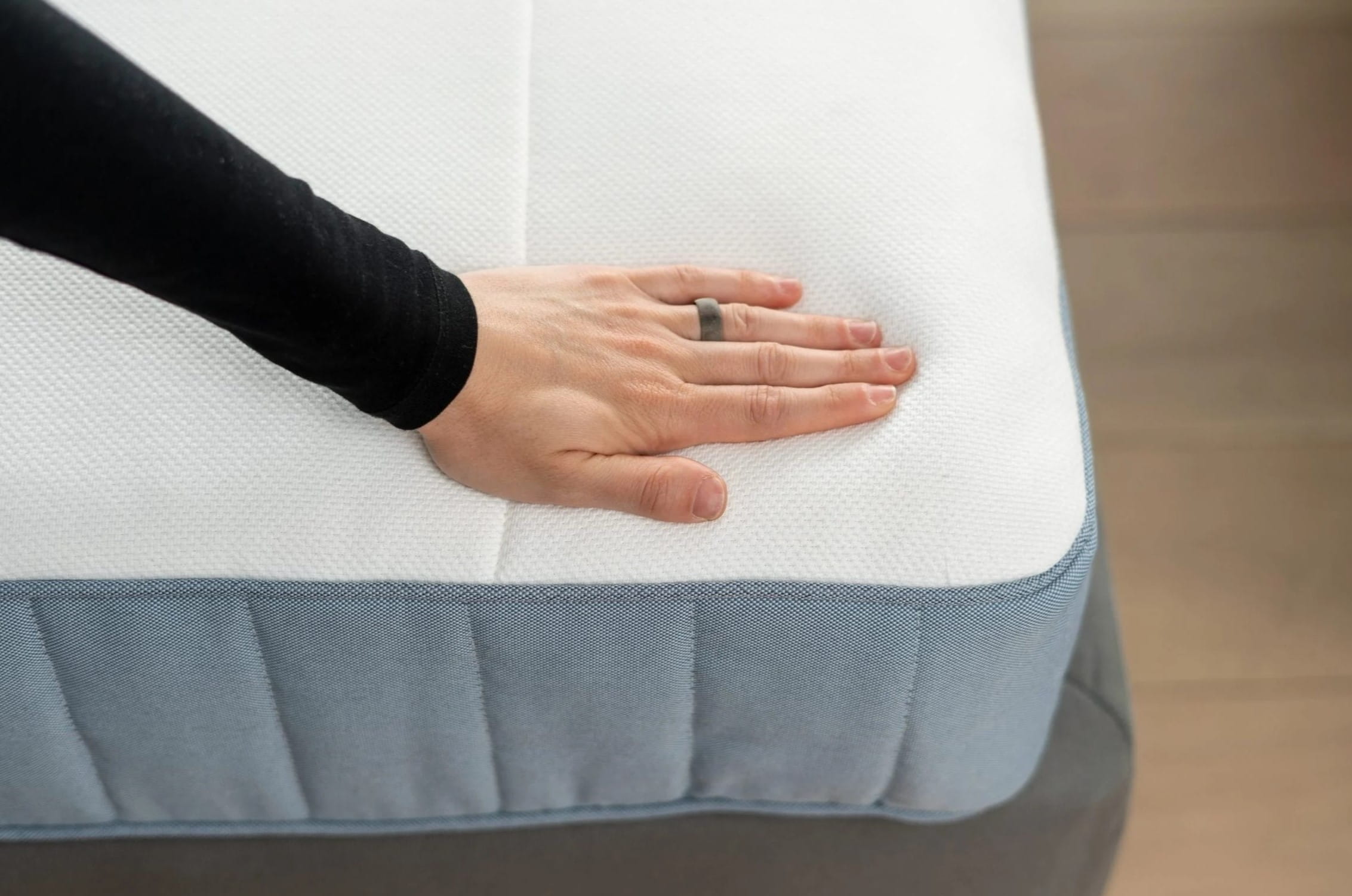


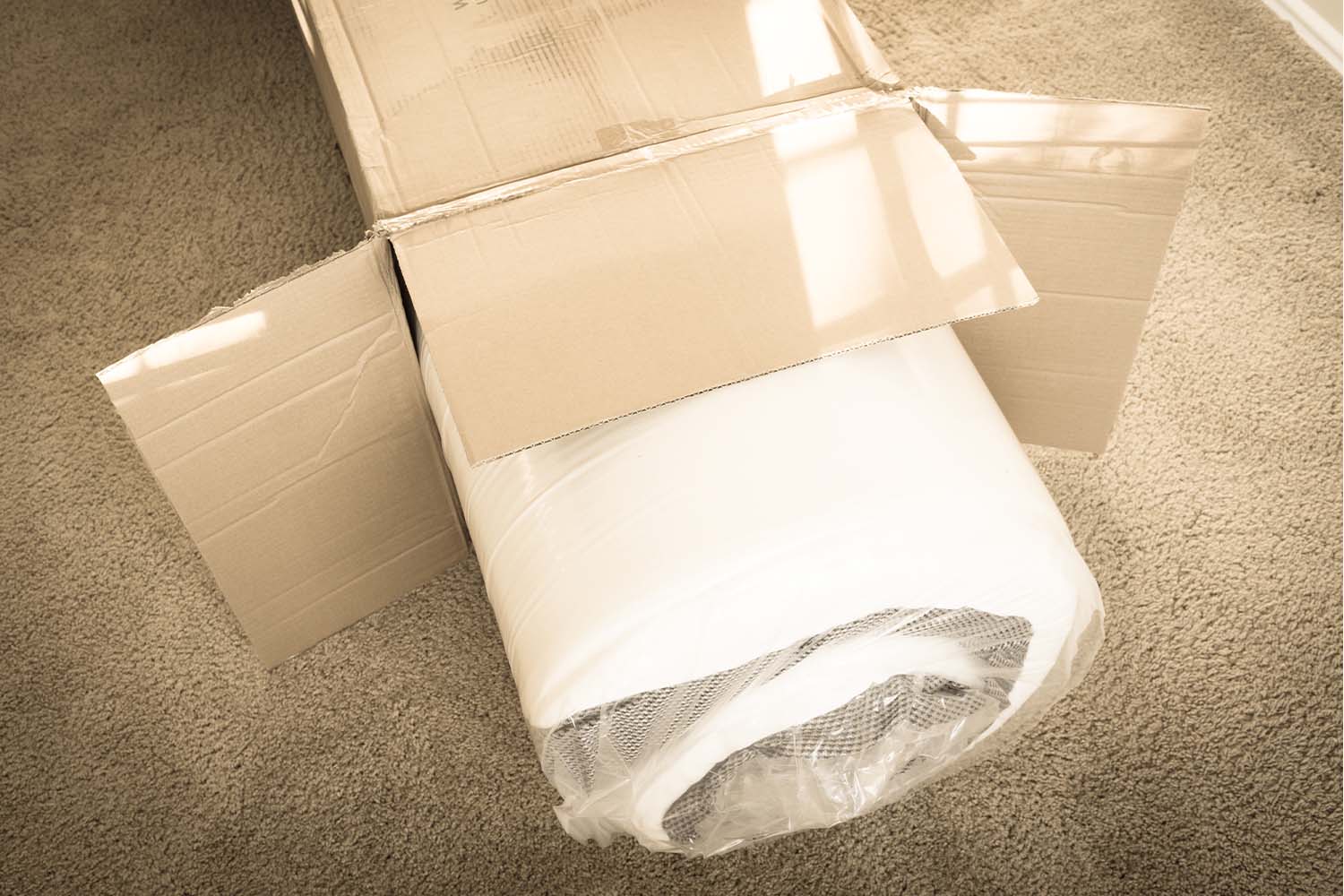
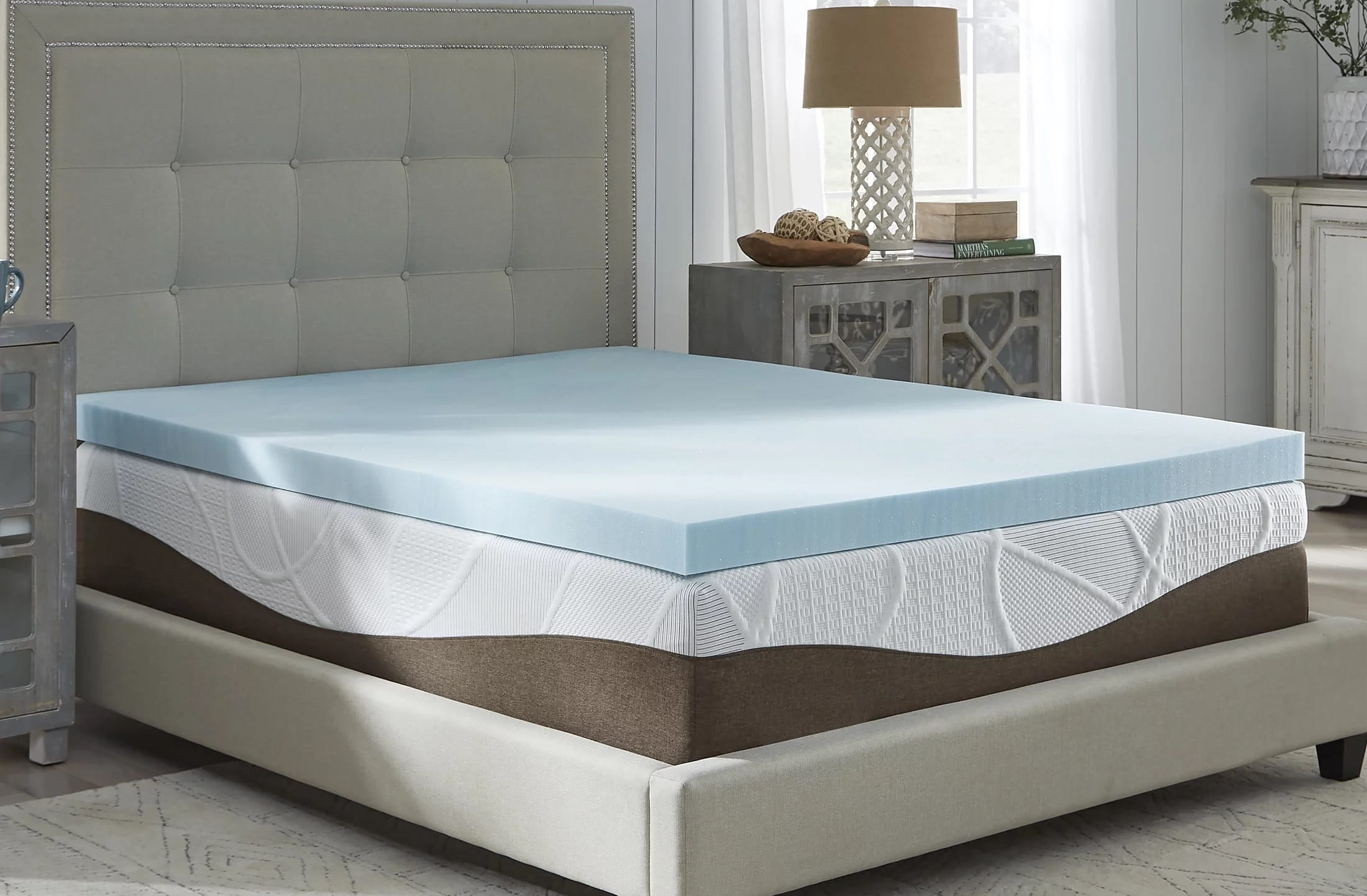
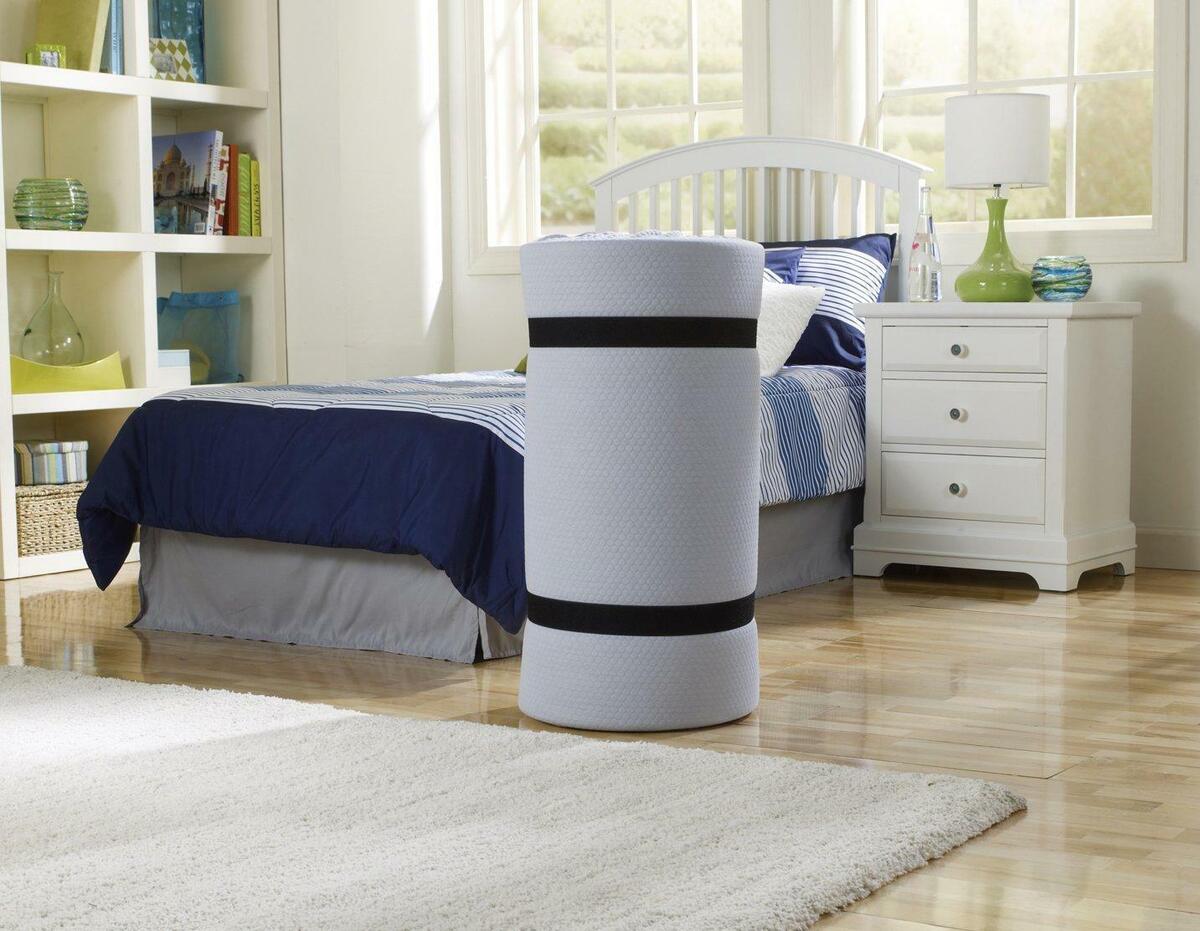

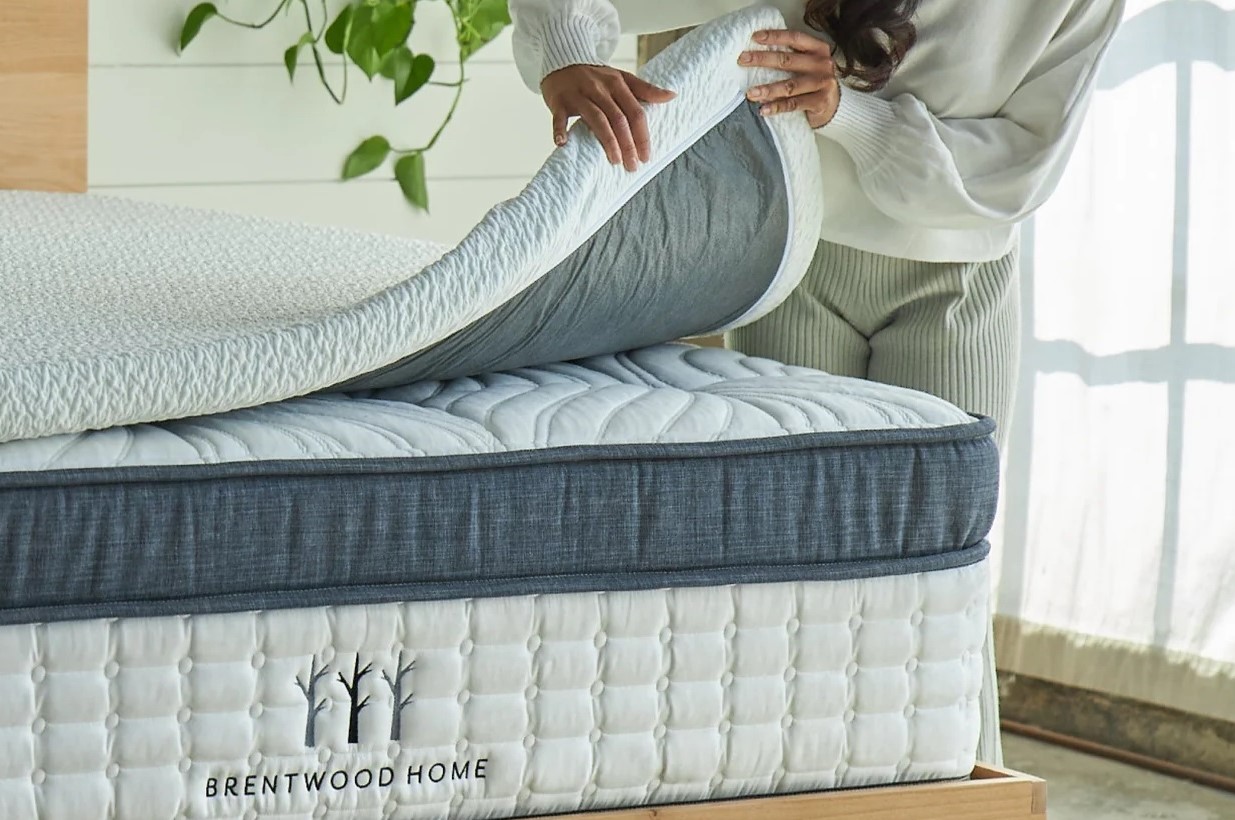
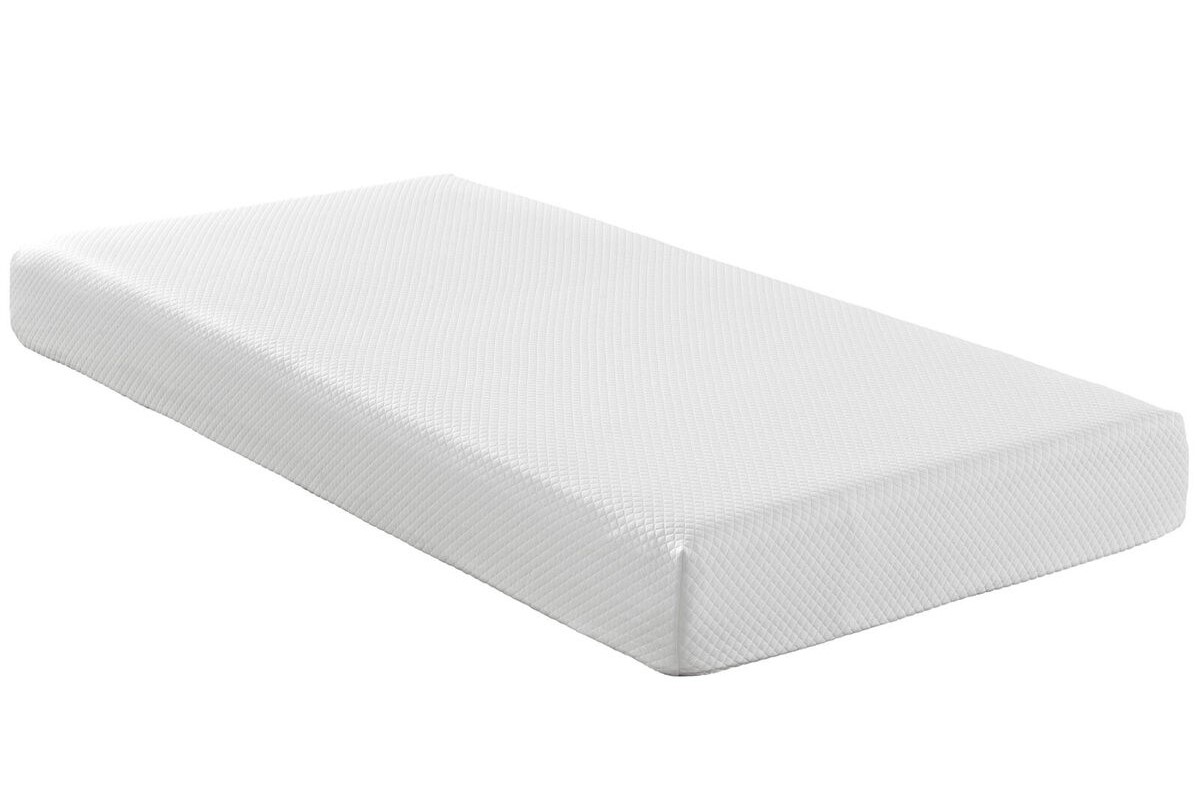
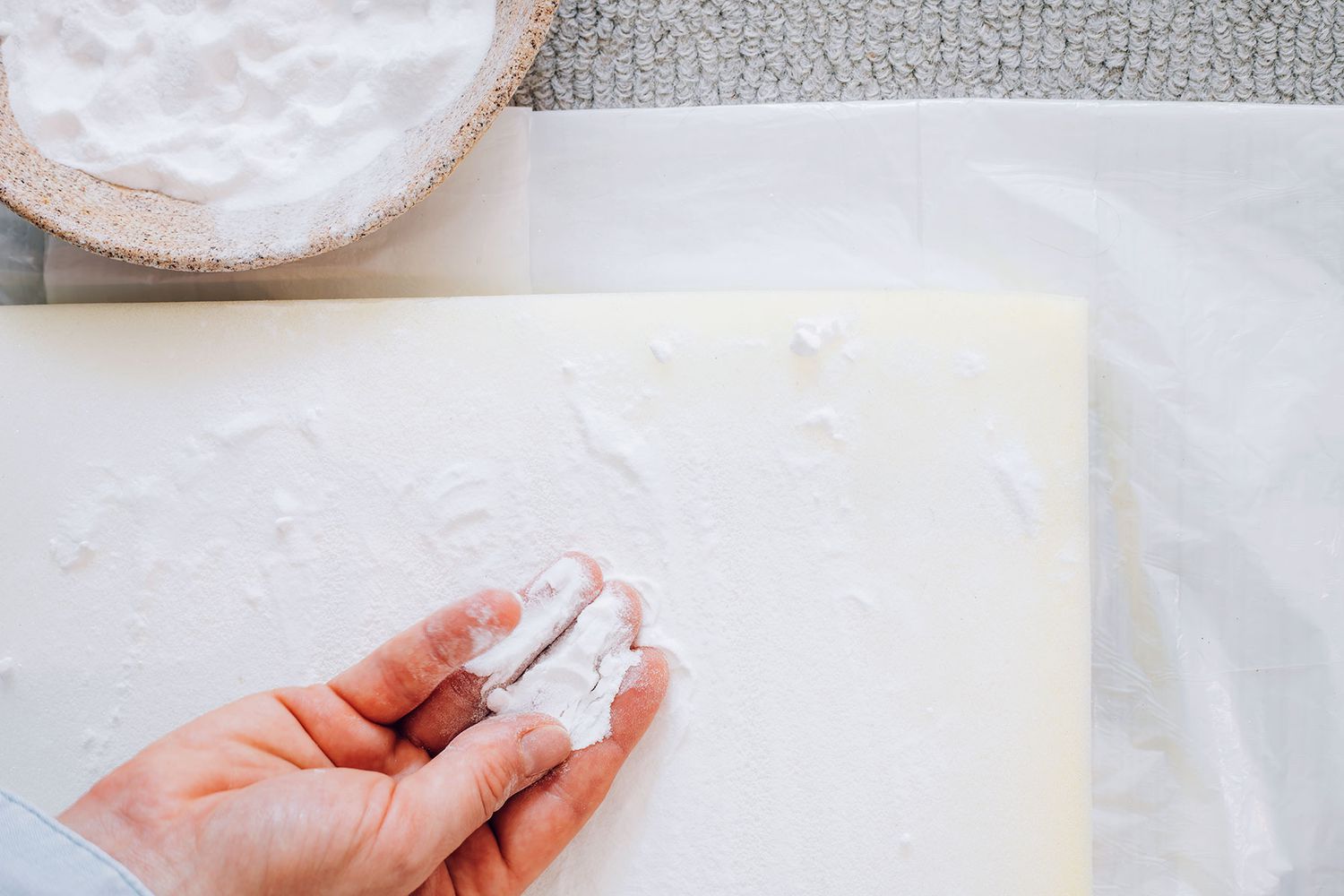
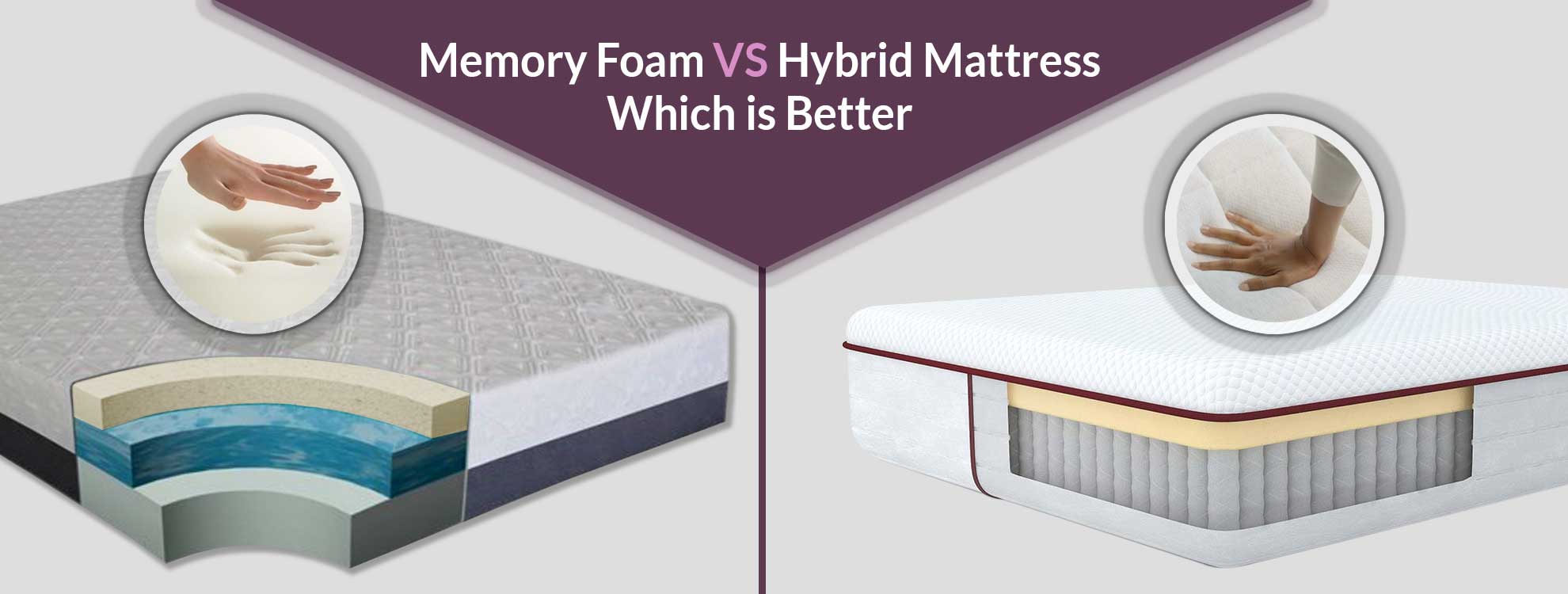
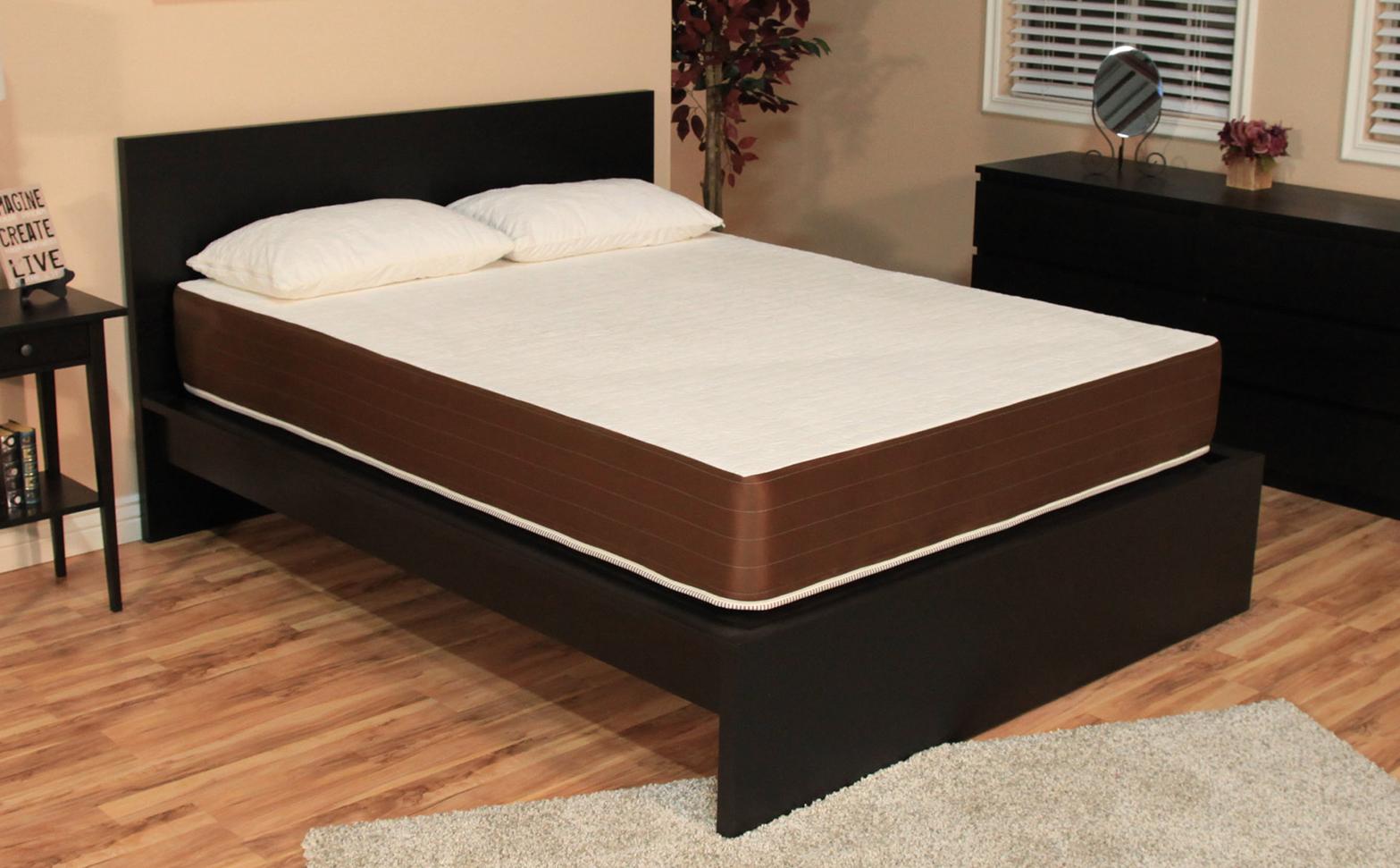
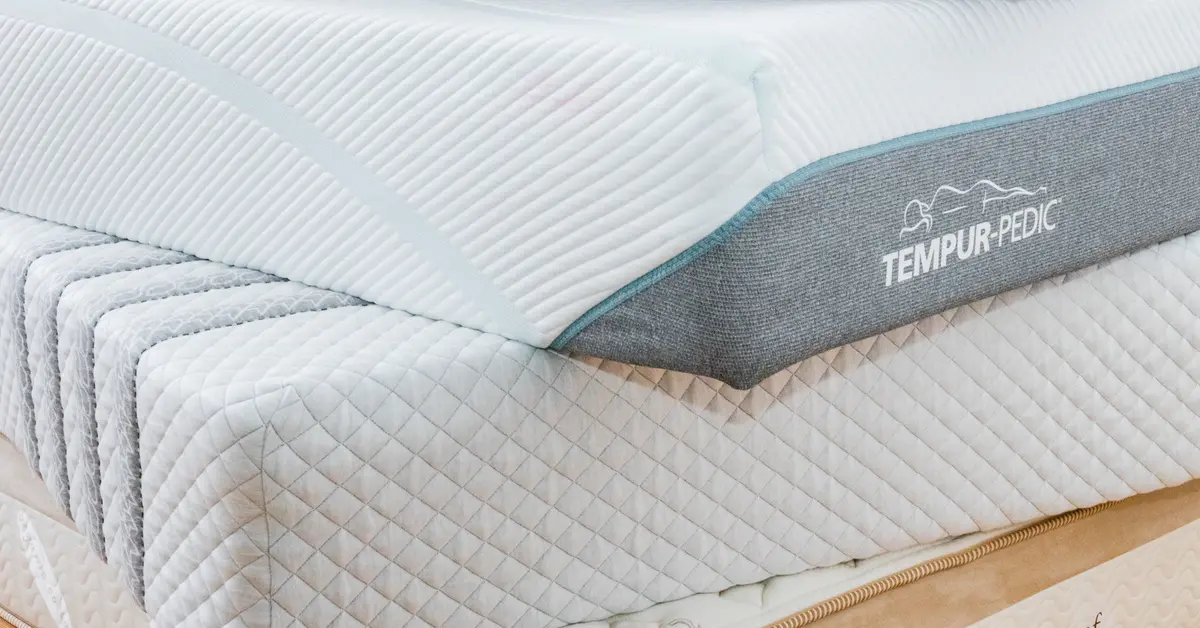

0 thoughts on “How To Fix A Memory Foam Mattress”